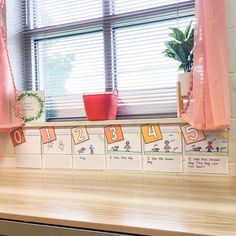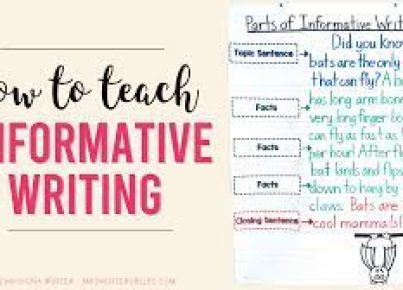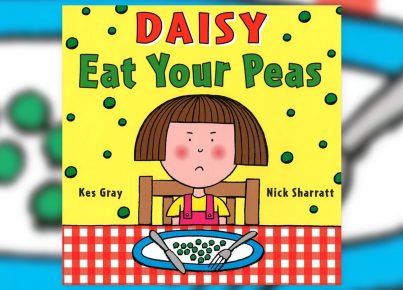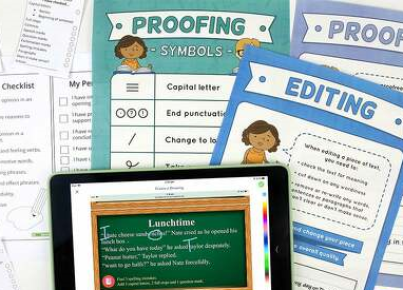Narrative writing is a style of writing that tells a story, either real or imagined, in a way that engages the reader through strong and vivid storytelling techniques. It can be found in various forms such as novels, short stories, memoirs, personal essays, and more. The ‘bump it up wall’ is an instructional approach used primarily in classrooms to visually map out different levels of writing proficiency through examples that range from basic to advanced.
A bump it up wall typically displays samples of narrative writing at various levels. Level 1 might show simple sentences with little detail. As you move up the wall, the narratives become richer with details, more complex sentence structures, and incorporate various literary devices like metaphors and similes.
Example at Level 1:
Jeremy went to the park. He played on the swing. Then he went home.
The narrative is straightforward but lacks depth and detail.
Example at Level 2:
Jeremy spent his afternoon at the local park where he enjoyed swinging high into the sky as if reaching for the clouds before returning home.
Here we see a bit more detail describing Jeremy’s experience and use of simile.
Example at Level 3:
Jeremy ventured to Greenwood Park under the golden hues of the setting sun. With each powerful kick, he propelled himself higher on the swing, feeling a thrilling mixture of fear and freedom. As dusk set in, he headed back, his heart content and his mind already dreaming of tomorrow’s adventures.
This level shows descriptive language that sets the scene and allows readers to visualize and feel Jeremy’s experience.
Example at Level 4:
Underneath a canvas of twilight skies, Jeremy surrendered to the rhythmic creaking of his favorite old swing in Greenwood Park. Each ascent brought him closer to the whispering stars; each descent deepened his connection with twilight’s embrace until nightfall urged him homeward through hushed streets lit by fireflies and the crescent moon’s ethereal smile.
At this highest level on the bump it up wall, we see an even greater use of poetic language, sensory details, and personification that draws readers fully into Jeremy’s story.
Through these progressive examples on a ‘bump it up wall’, educators can illustrate how narrative writing can evolve in complexity and artistry. They also provide students with concrete examples to strive towards improving their own storytelling skills.





